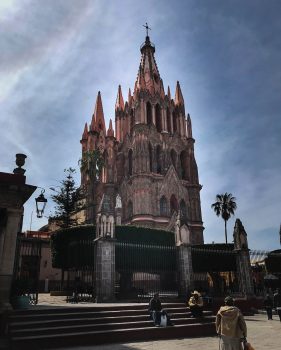 ON TUESDAY, FEBRUARY 12TH, I traveled to San Miguel de Allende, Mexico as a presenter for the 13th annual writers’ conference. If you love writers’ conferences and you’ve never been to San Miguel de Allende, you’ll want to add this to your calendar next year. The San Miguel’s Writers’ Conference draws writers from as far away as Eastern Europe, Australia, and New Zealand, as well as keynote speakers from Latin America, the U.S., and Canada.
ON TUESDAY, FEBRUARY 12TH, I traveled to San Miguel de Allende, Mexico as a presenter for the 13th annual writers’ conference. If you love writers’ conferences and you’ve never been to San Miguel de Allende, you’ll want to add this to your calendar next year. The San Miguel’s Writers’ Conference draws writers from as far away as Eastern Europe, Australia, and New Zealand, as well as keynote speakers from Latin America, the U.S., and Canada.
Attending a conference is a great way to be introduced to new authors. This year, keynote speakers included Sandra Cisneros (author of House on Mango Street), Wally Lamb (author of six New York Times best-selling novels), Jane Friedman (former publisher for Writer’s Digest and publishing and marketing expert), Rita Dove (former U.S. Poet Laureate), John Vallaint (a best-selling Canadian author), Jorge Volpi (author of over 20 contemporary Mexican novels), Joseph Boyden (Canadian author who works with an writes about the First Nation people of Northern Ontario and author of Through Black Spruce), and Benjamin Alire Sáenz (artist, poet, novelist, and author of children’s books).
VALENTINE’S DAY — the first day of the conference — I was up early and taxied from my host’s cozy casita to the conference bookstore to drop off my books. I knew right away I’d been optimistic to bring ten copies each of my memoirs and journaling books. But what’s an author if not optimistic, right? Then I was off to an audio-visual check to make sure everything was set up for my sessions on Friday and Saturday.
Sandra Cisneros
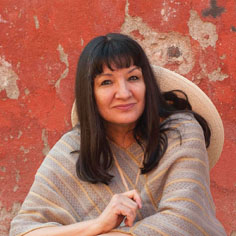
Sandra Cisneros kicked off the conference with a special fundraising session, the proceeds supporting the Spanish Language Book Festival: FELISMA. In honor of Valentine’s day, she read a short story titled “Puro Amor” before launching into her presentation. Sandra’s compassionate energy and personal dedication to her art invigorated and inspired me.
Key takeaways:
- When you don’t feel like writing, use “jumper cables” to get started: pictures, writing prompts, pull out your old “dead-end” work. Whatever it takes. The main thing is to keep showing up. Once you get started, your muse will show up.
- You have to climb into the skin of the person you’re writing, convince your readers you ARE that person, and until you can do that the story is not done.
- You have to get out of the way and allow the story to take you where it wants to go.
- When you sit down to write, ask for courage. Ask how you can be of service and do work that will do good in the world.
- Write in your true voice — the way you would talk if you were in your pajamas having a casual conversation.
- Everyone’s story is important. Each one of us is a witness to history, and we each have a unique piece of it. If you don’t write it down, it didn’t happen. So write it down!
Wally Lamb
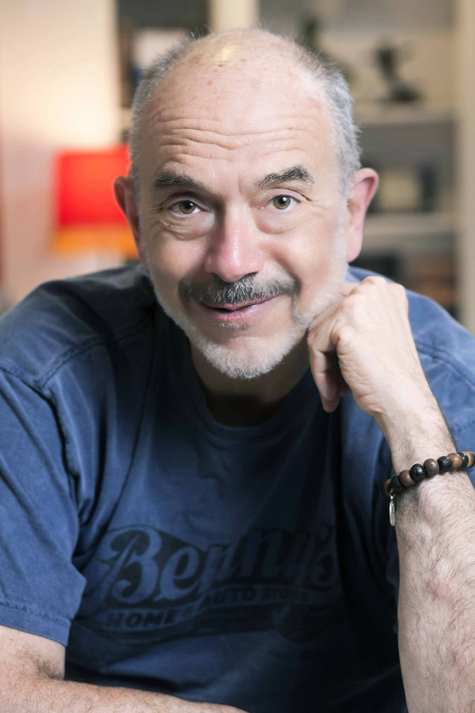
Wally Lamb was a dynamic opening keynote speaker. Though I found him immensely interesting as a person and decidedly funny, I didn’t get as many nuggets of wisdom about writing from him as from Cisneros, but did end up wanting to read a couple of his books: This Much I Know and She’s Come Undone.
Key Takeaways:
- The human race is governed by three things: need for food, need for sex, need to understand and make meaning of the world and to find out place in it.
- Writing fiction is slipping into the skin of another person (echoing what Sandra had said)
- Wally said, “The way I write, I never know what is going to happen.” His characters speak to him and then he writes their stories.
Sean Prentiss
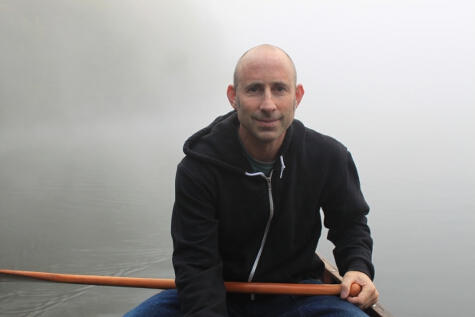 On Thursday morning, I attended a workshop titled “Bengal Tiger Moments – Time Perception and Creative Writing,” presented by Sean Prentiss.
On Thursday morning, I attended a workshop titled “Bengal Tiger Moments – Time Perception and Creative Writing,” presented by Sean Prentiss.
Key Takeaways:
Time is vital – not only to creative writers but also to our lives. Everything that is alive has a rhythm.
- Time shows up in many areas of the brain.
- Experiments have shown that time doesn’t slow, only our perception of time changes
- Situations that cause perception of time to shift
- When we’re afraid and our fight or flight instinct kicks in — the reason it slows is because we’re taking in as much information as possible so we can decide what to do to survive (the amygdala). We write about these moments because of the inherent conflict in them.
- Novel experiences. First experiences seem to slow down and stretch out. Our brain goes into heightened state and takes in more information. When experiences are not novel, things blur together. You stop noticing the details.
- Altered state of consciousness (drugs, dementia, psychological issues, fatigue, worry, )
In writing, when you’re in a fight or flight moment, or whenever time seems slowed down, dilate the scene. Give the reader the same, heightened experience that the character is experiencing by expanding, adding more sensory details. Slow it down.
Remember that introspection stops action — it pauses everything. Use sparingly.
Highlight the most important moments of your piece and then double or triple the time they take to write/read. Don’t compress them.
PoemMoir with Judyth Hill
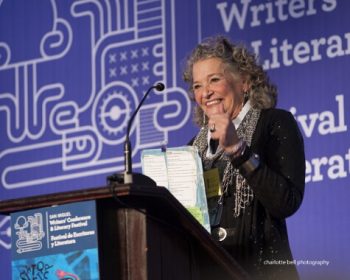 Judyth Hill is a wild woman in every and the best sense of the word. I was enthralled by her passion and energy, as well as her excellent advice for poets.
Judyth Hill is a wild woman in every and the best sense of the word. I was enthralled by her passion and energy, as well as her excellent advice for poets.
Key Takeaways:
- Everything poemable
- Let your longing be the beginning of your doing.
- Write about what is right in front of you. Begin with objects and let the poem expand.
- When we show up for our writing expecting the muse, the muse will show up and gift you.
- When you have something huge — something unspeakable that you must speak about it, and not just for you, but for others — pick something with no charge to start with. An object. Furniture. Places.
- Real writing is listening; it’s like taking dictation.
- All rules are meant to be broken by the one who can do it beautifully.
Jane Friedman
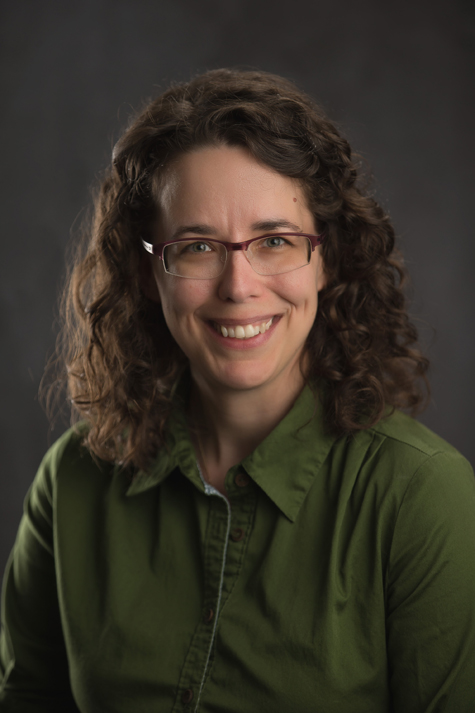
Jane Friedman spoke about the myth of the starving artist. She related several stories of successful artists who were excellent business persons, including George Eliot and Mark Twain who had been criticized for their marketing tactics.
Key Takeaways:
- Writing is a business and needs to be approached as such if you want to be successful.
- You need to use strategies that work for you.
- Choose one or two social media platforms and focus on those.
- Control what you can control
My Turn

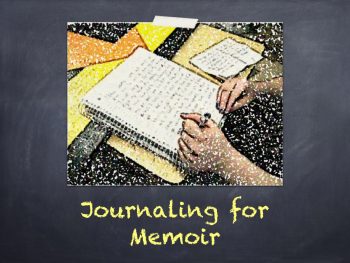
On Friday morning, I gave two 90-minutes workshops on “Word Painting: The Power of Vivid Description” and “Journaling for Memoir,” respectively. I had about 25 participants in each class, and we had a great time sharing and learning together. Though I was nervous about trying to squeeze these topics into such short periods of time, I was able to provide some key insights and exercises for the participating writers to take away and work with.
Finally, Saturday morning, I presented “Word Painting” in a more relaxed, three-hour format. Again, feedback from participants was extremely positive, and I couldn’t have felt better about it.
If you’re interested in having me bring either of these workshops to your writer’s group, contact me.
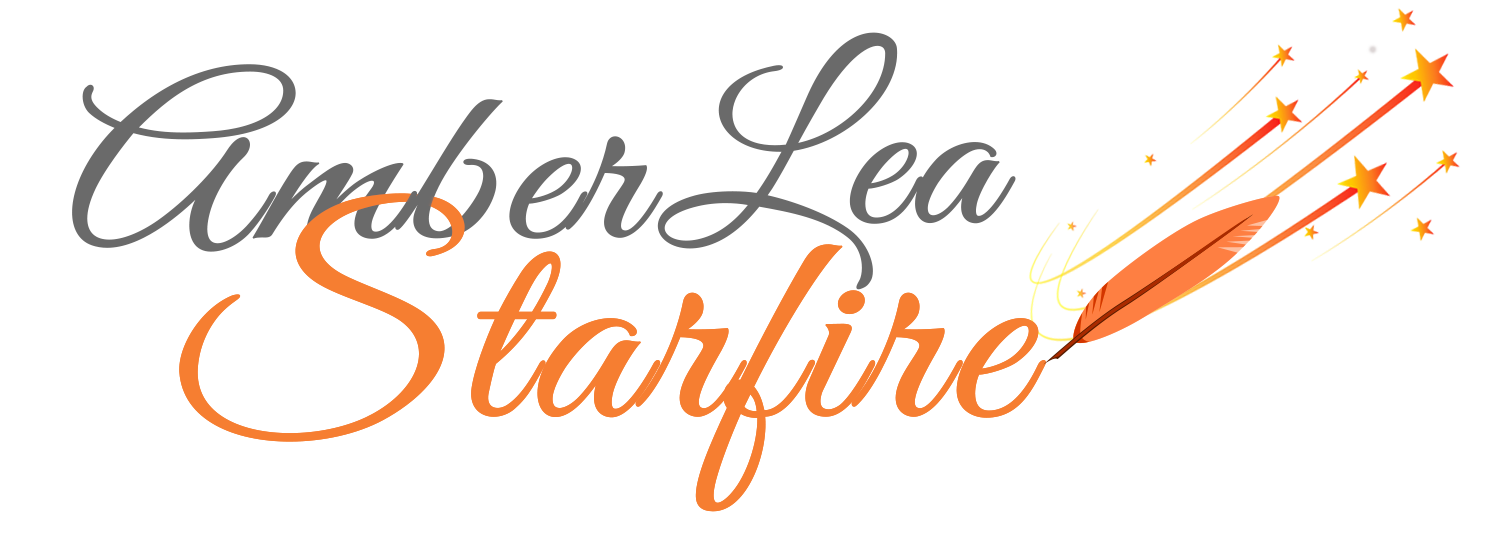






Great stuff, Amber. Thanks for sharing your takeaways. I can echo some of the speakers’ same thoughts about writing, specifically my characters speak to me (in the quietude that surrounds me); I just have to listen. And I agree, the way I write, I never know what’s going to happen. I don’t plan. The process is hard to explain. 🙂 Anyway, your takeaways were validating.
Yeah, I’m not much of an outliner, except with my nonfiction, such as my journaling or how-to books. With those, I work from an outline. With memoir, I work more with specific moments and memories and then structure later — though I suppose structuring the work is always on my mind to some degree and forms along the way.
Lucky you! to see, meet, hear and learn from Sandra Cisneros. I learned of her in McMaster University Women’s Studies more than twenty-five years ago and again during McMaster’s Creative Writing classes fifteen years ago. Her work not only inspires, but awakens a woman’s deep soul. Thanks Goddess for Sandra and women like her! Thanks for telling us about her.
Yes. I had not known about her before the conference, but I was so inspired! She’s an amazing woman, and I’m happy I was introduced to her and her works.
This is the one that hit me: “When you don’t feel like writing, use ‘jumper cables’ to get started: pictures, writing prompts, pull out your old “dead-end” work. Whatever it takes. The main thing is to keep showing up. Once you get started, your muse will show up.” I wanted to go this year when you wrote of this conference LAST year. I really hope that the universe allows me to attend in 2019!
Amber,
Really helpful and inspiring to hear your thoughts on the conference. Just hammers away at the discipline of sitting down, writing, writing, writing, even when I don’t know where I’m going … inevitably storylines present themselves. I just have to sit down and feel they are worth writing.
Thank you, Caren – I’m struck by your last line: “I just have to sit down and feel they (the stories) are worth writing.” Yes, indeed.
Dear Amber,
Thank you for this comprehensive and fascinating coverage of this conference. All the takeaways are gems. Thanks for sharing them. You have convinced me to attend next year. Planning now. I’m looking forward to reading more of your writing.
Nancy
Thank you, Nancy. I know you will enjoy it!
Thanks so much for your review of the San Miguel Writers Conference. I’ve thought about attending a conference since I decided to write my memoir and will consider the 2019 conference.